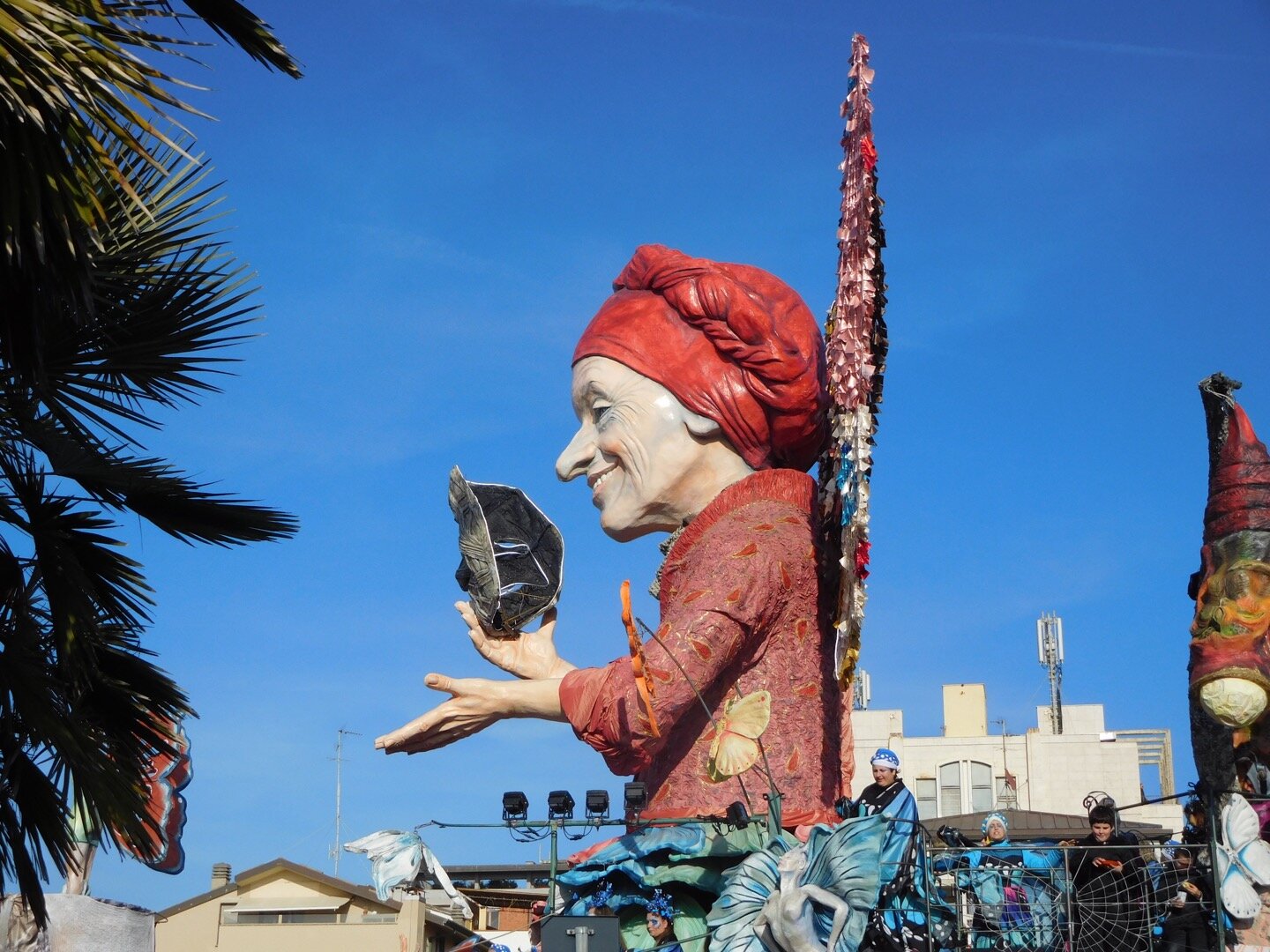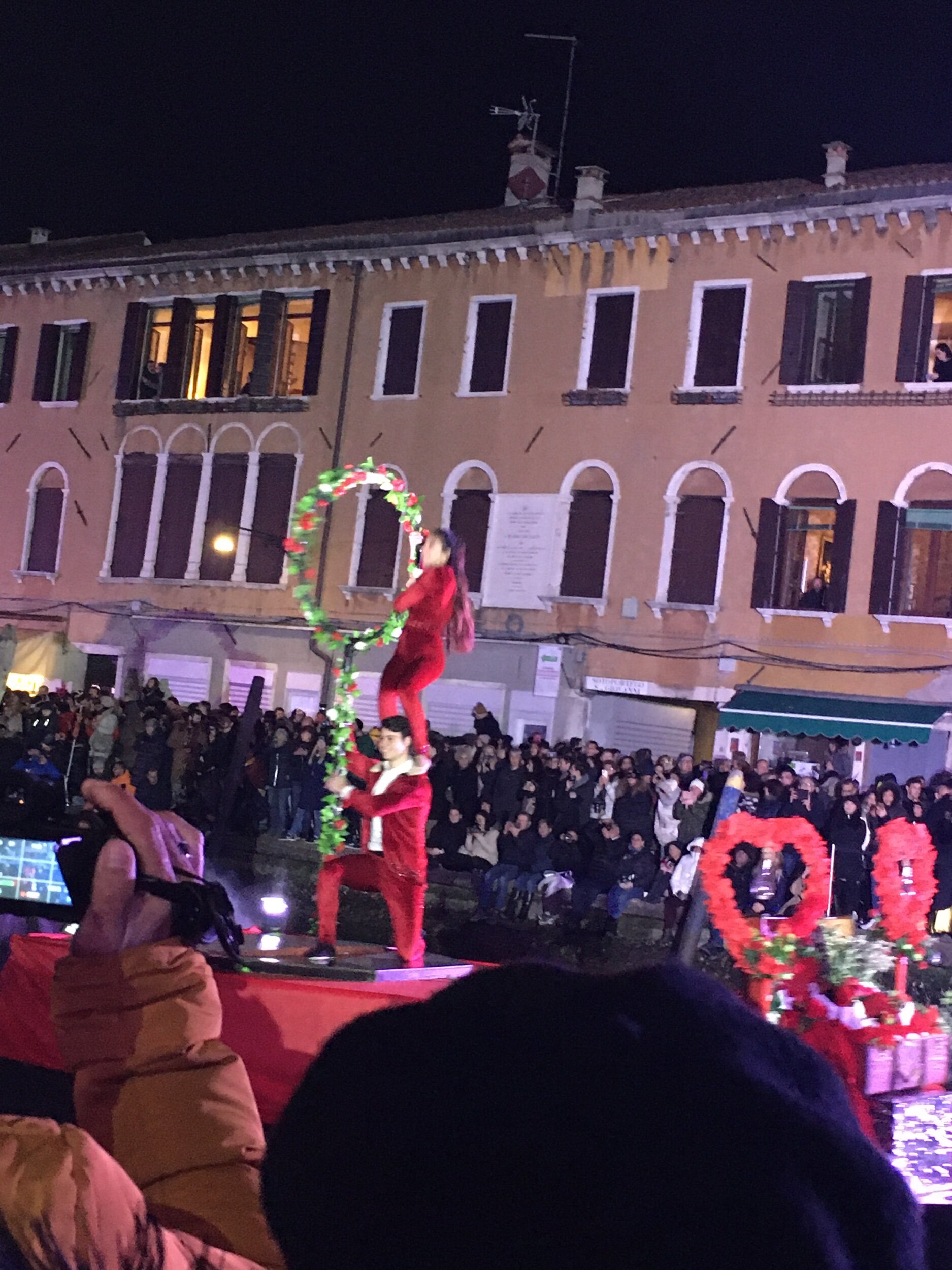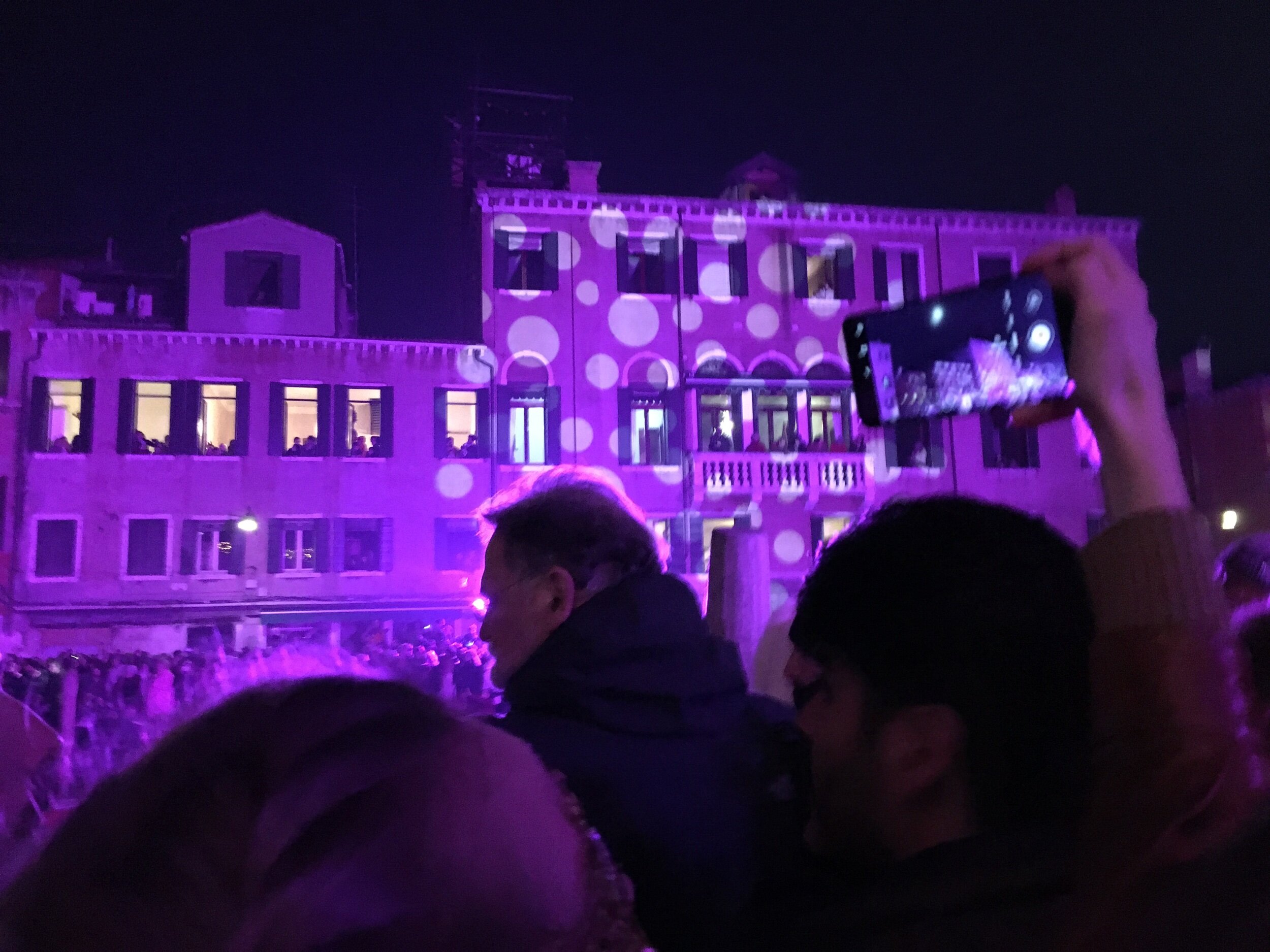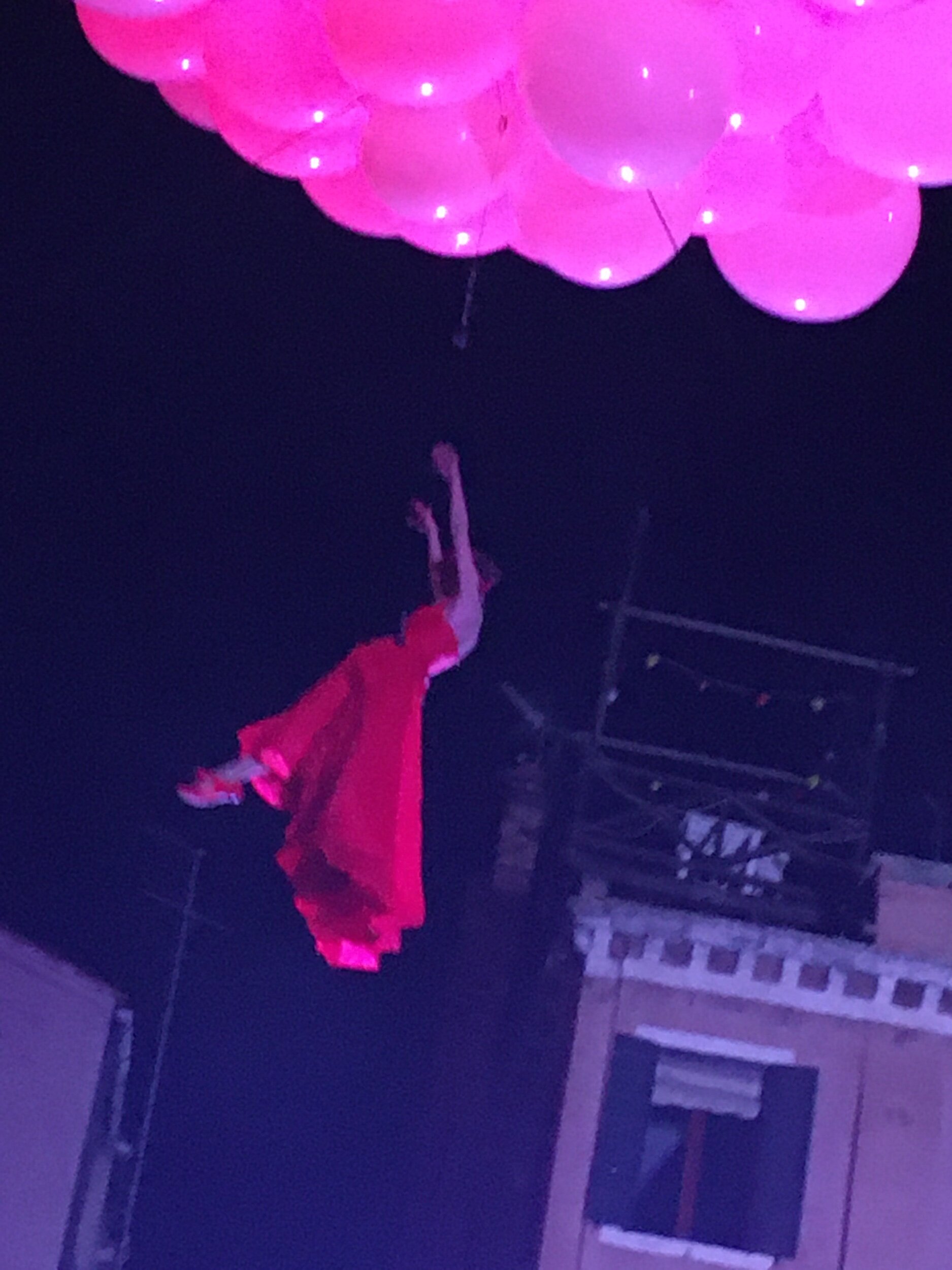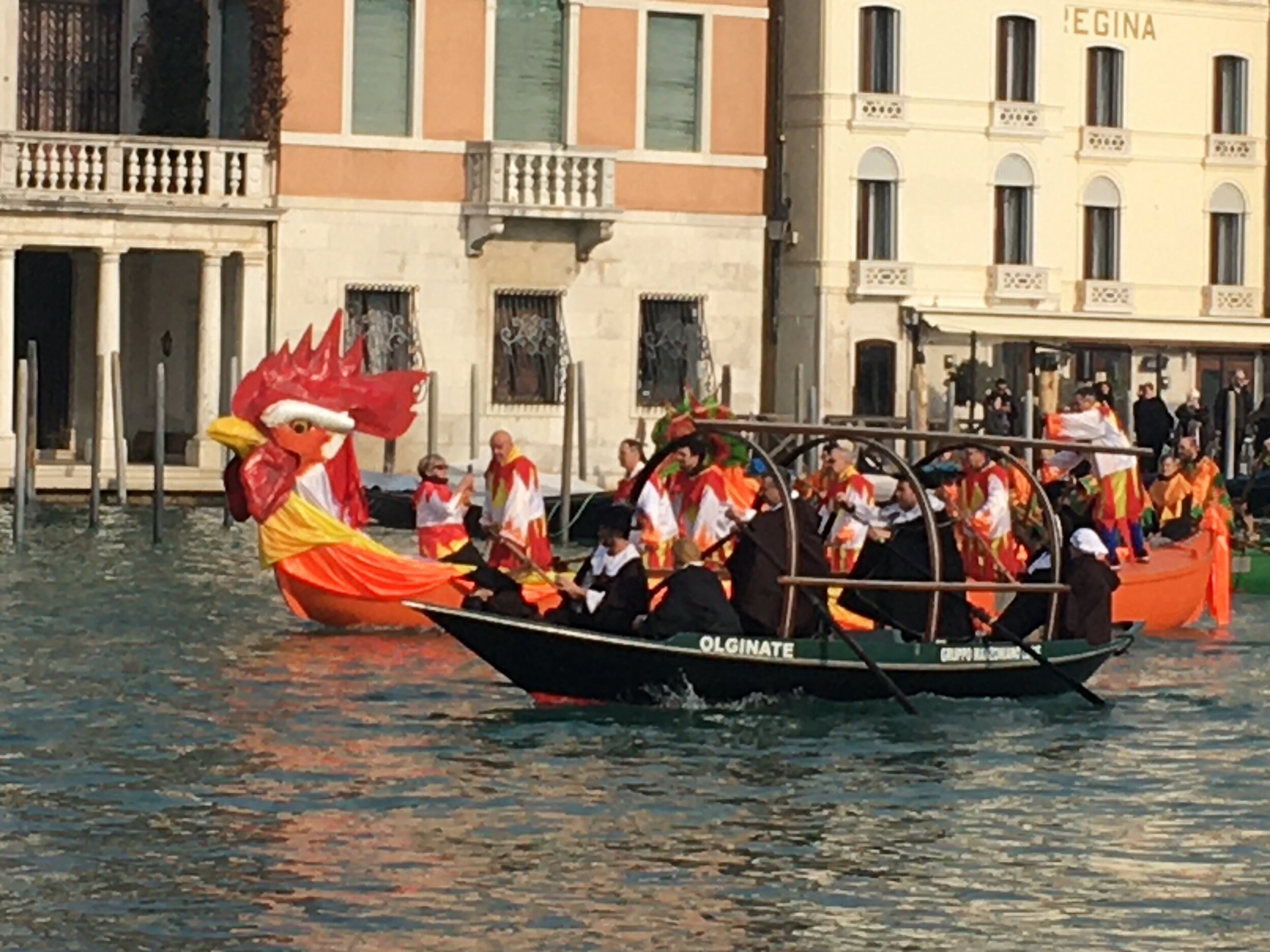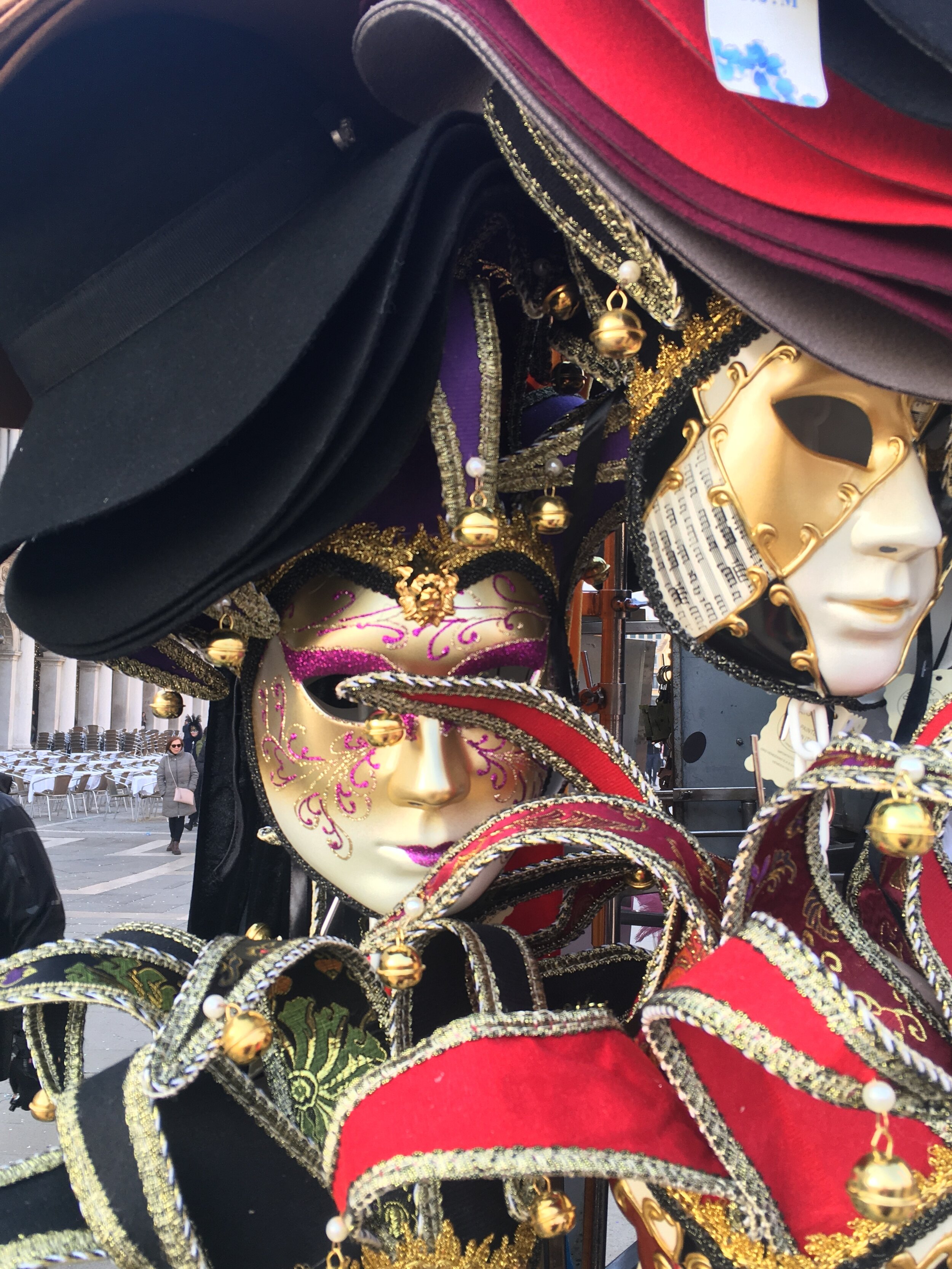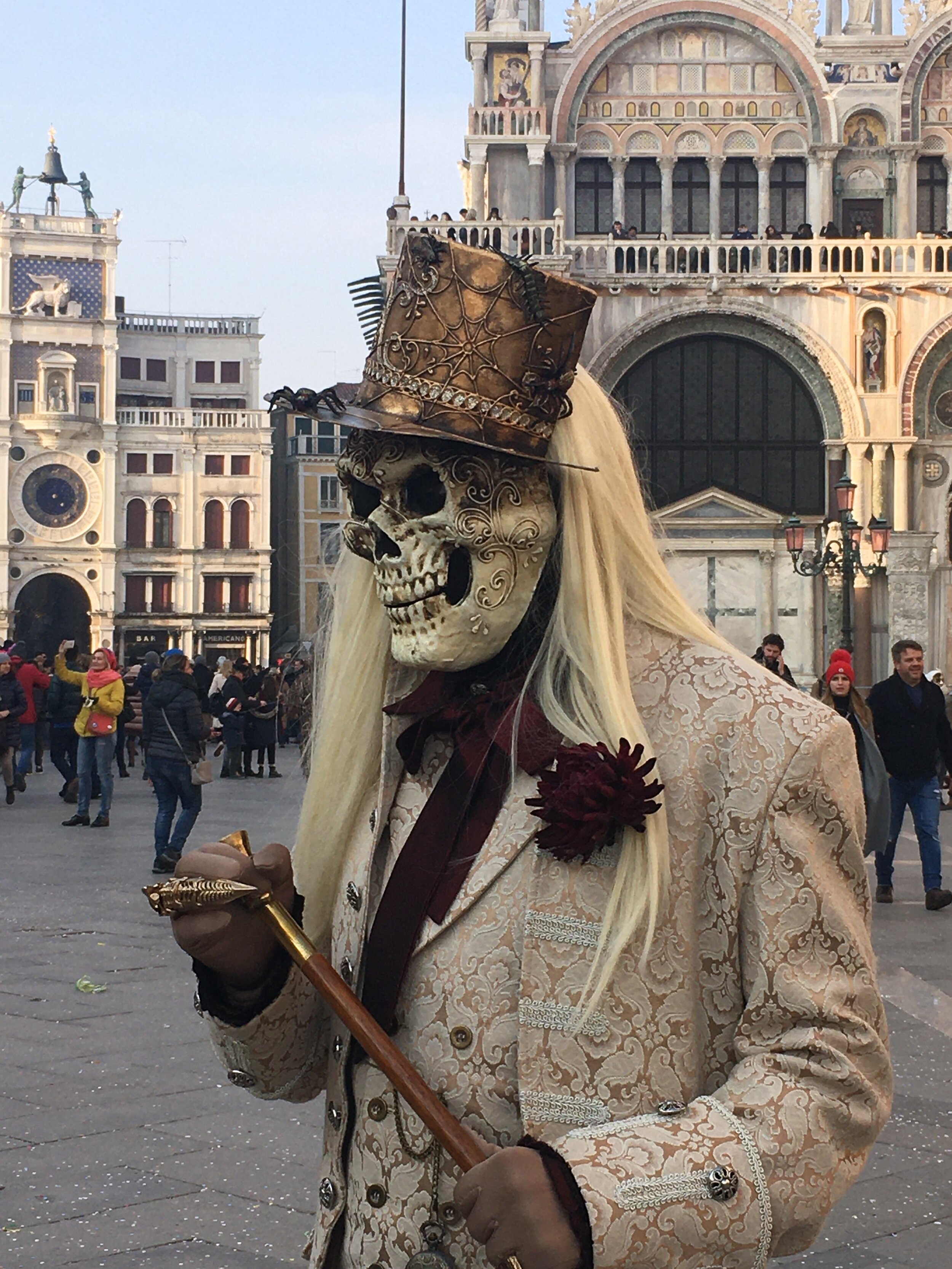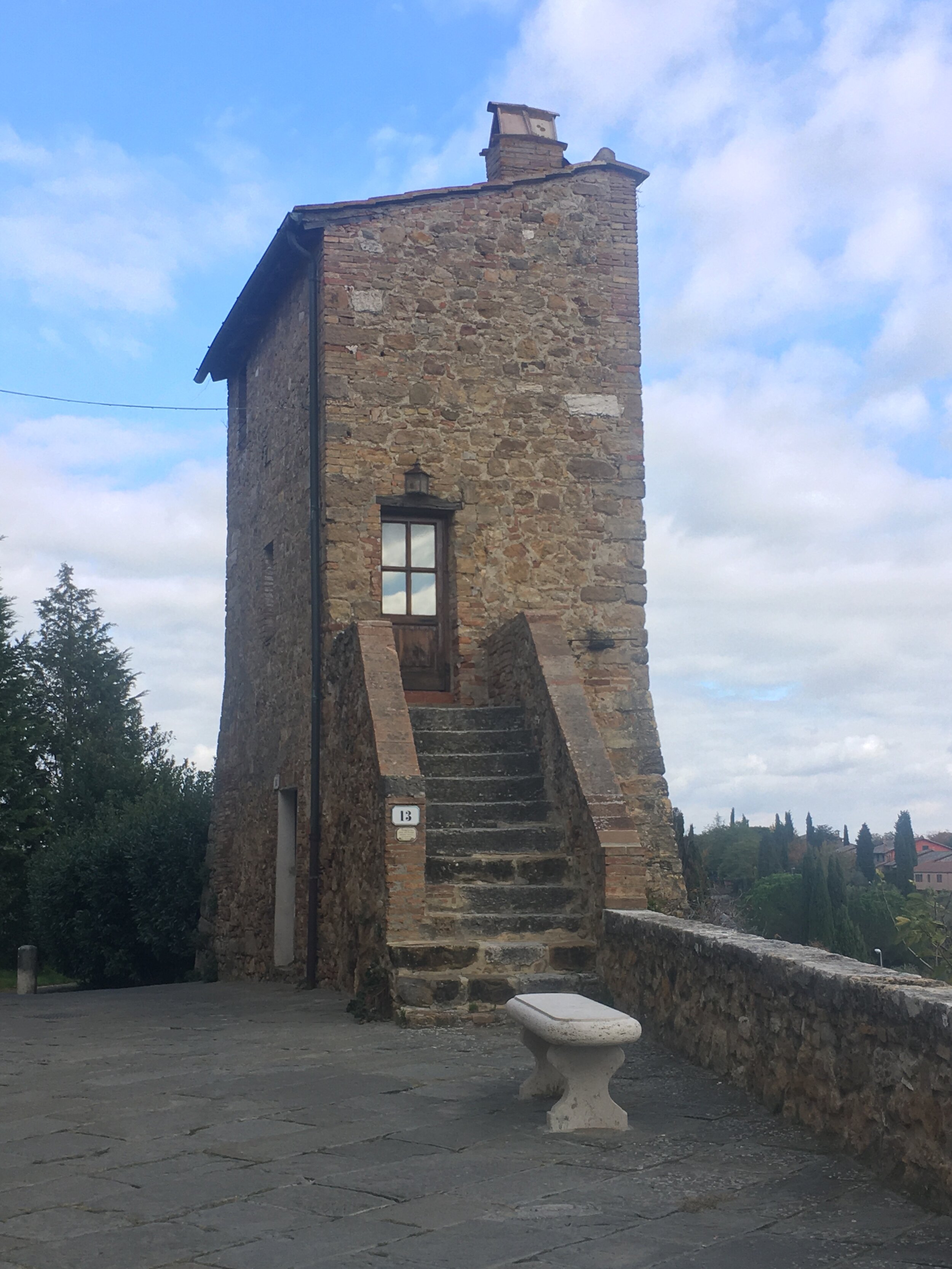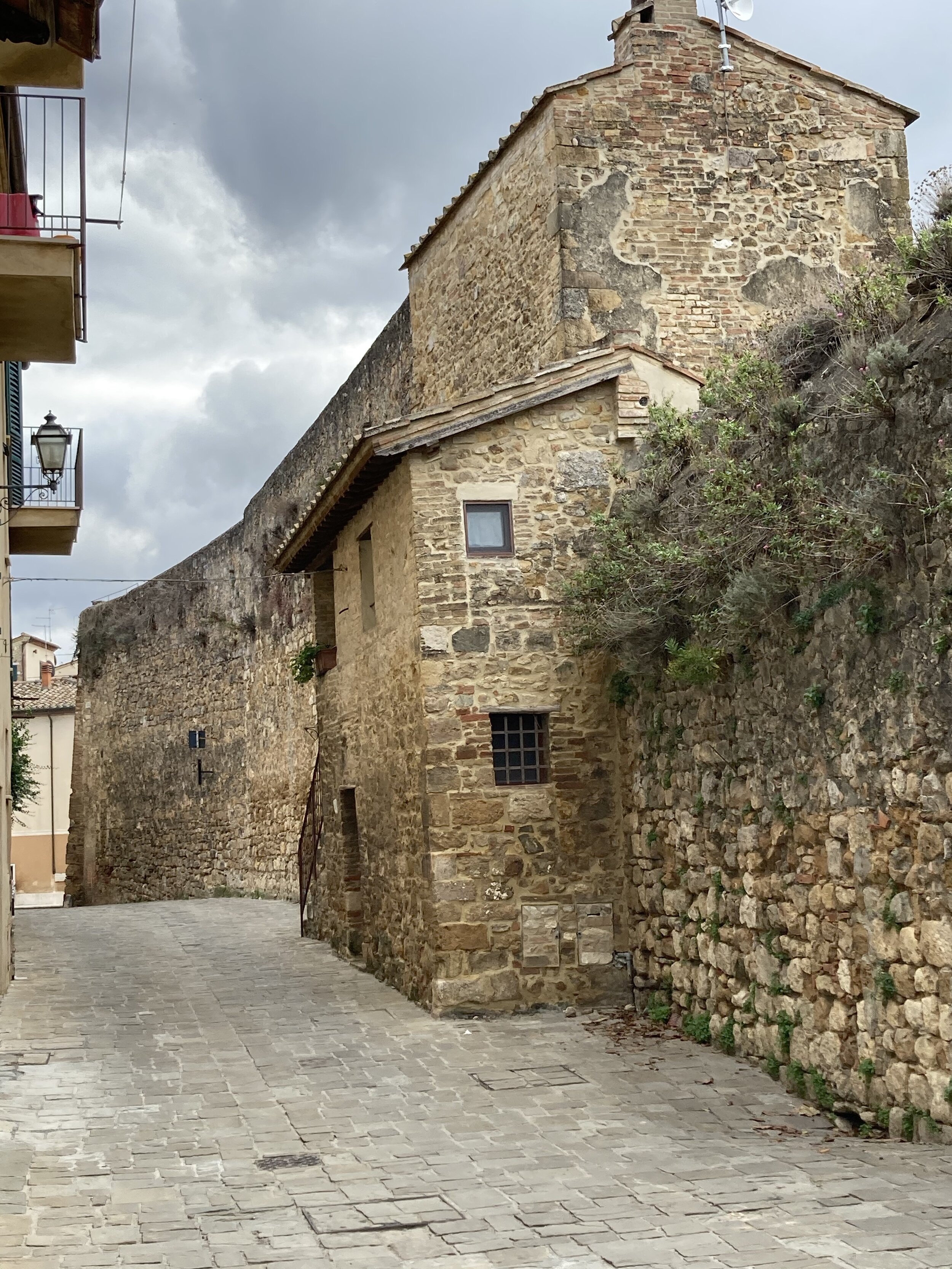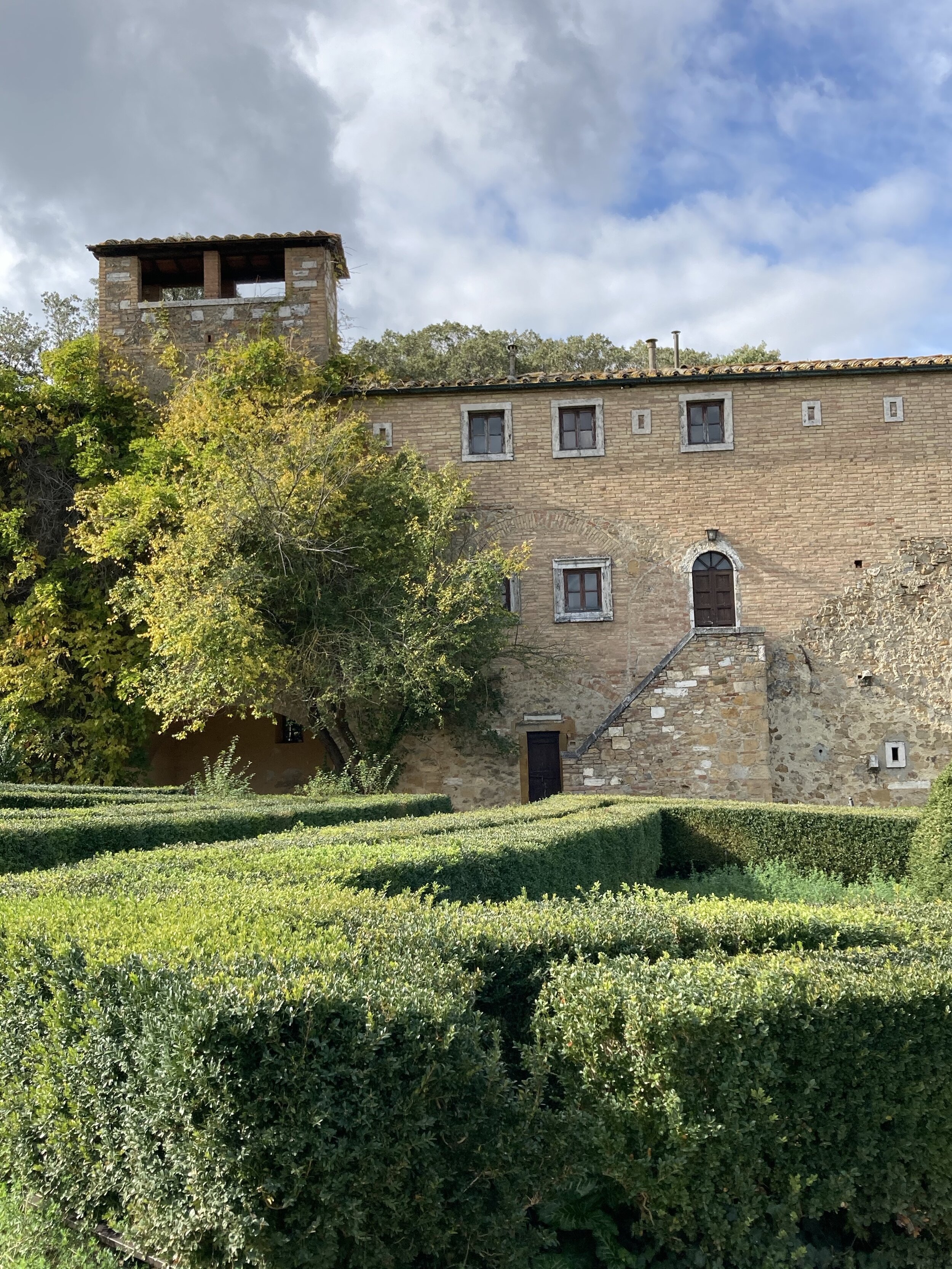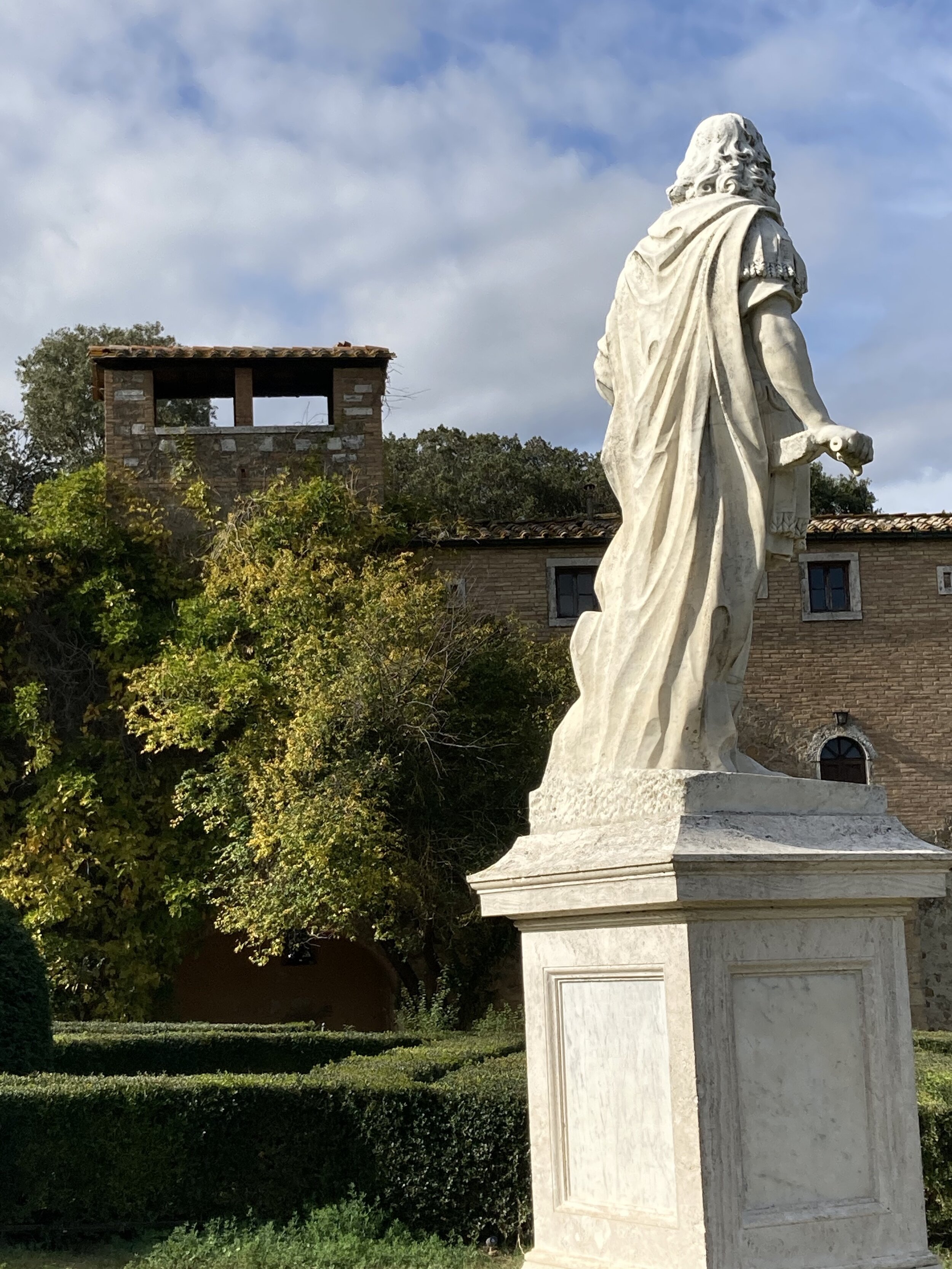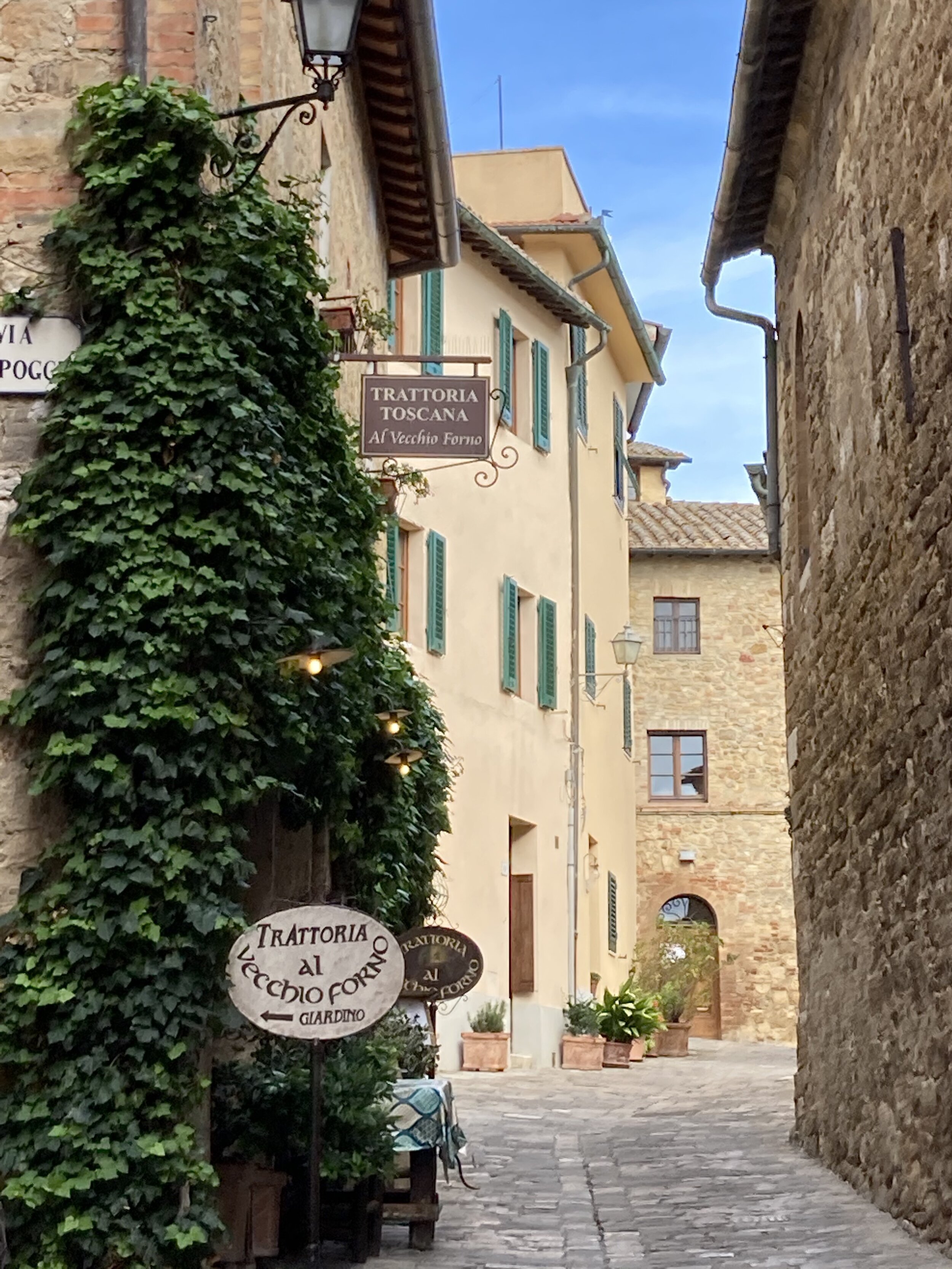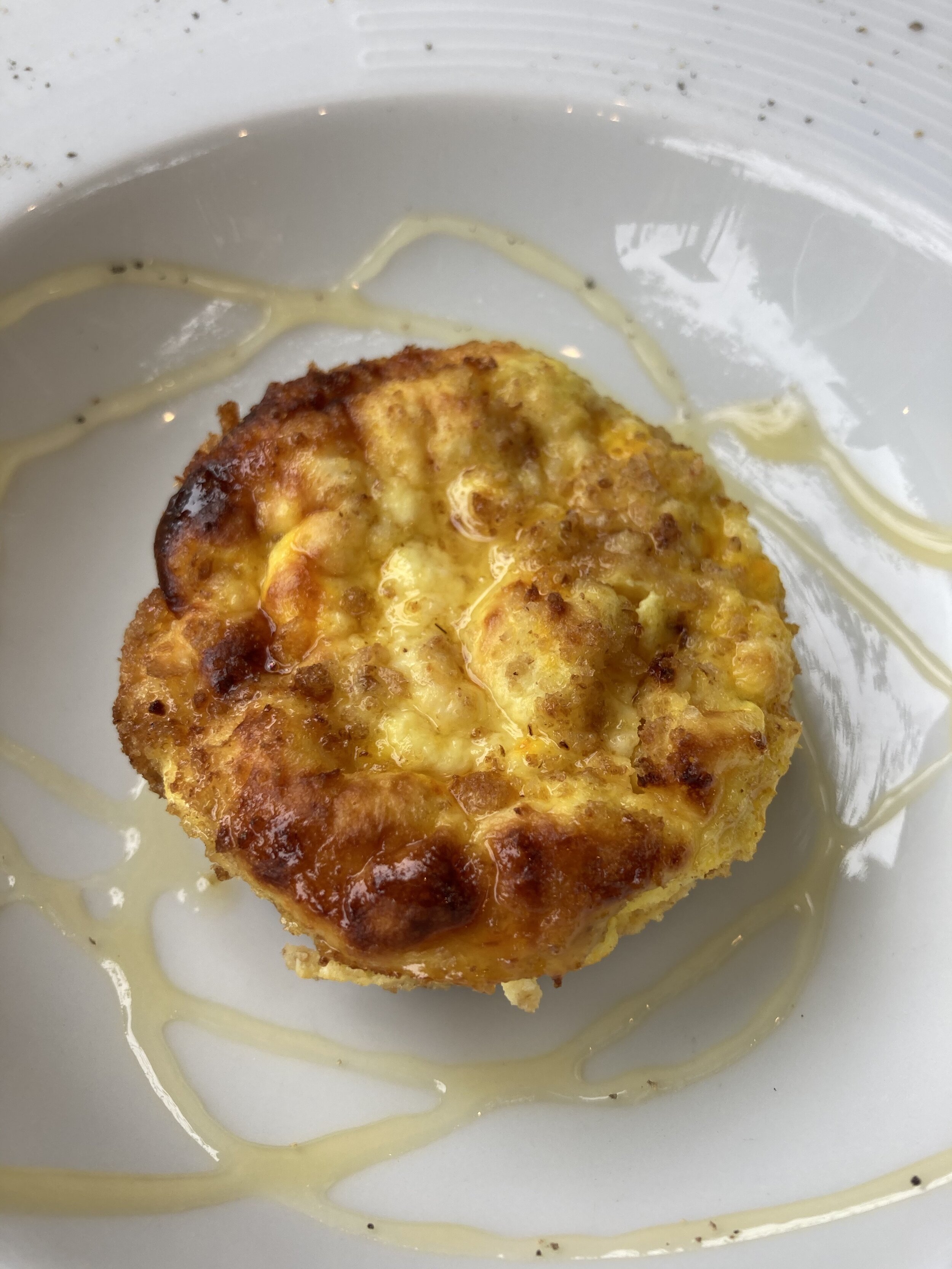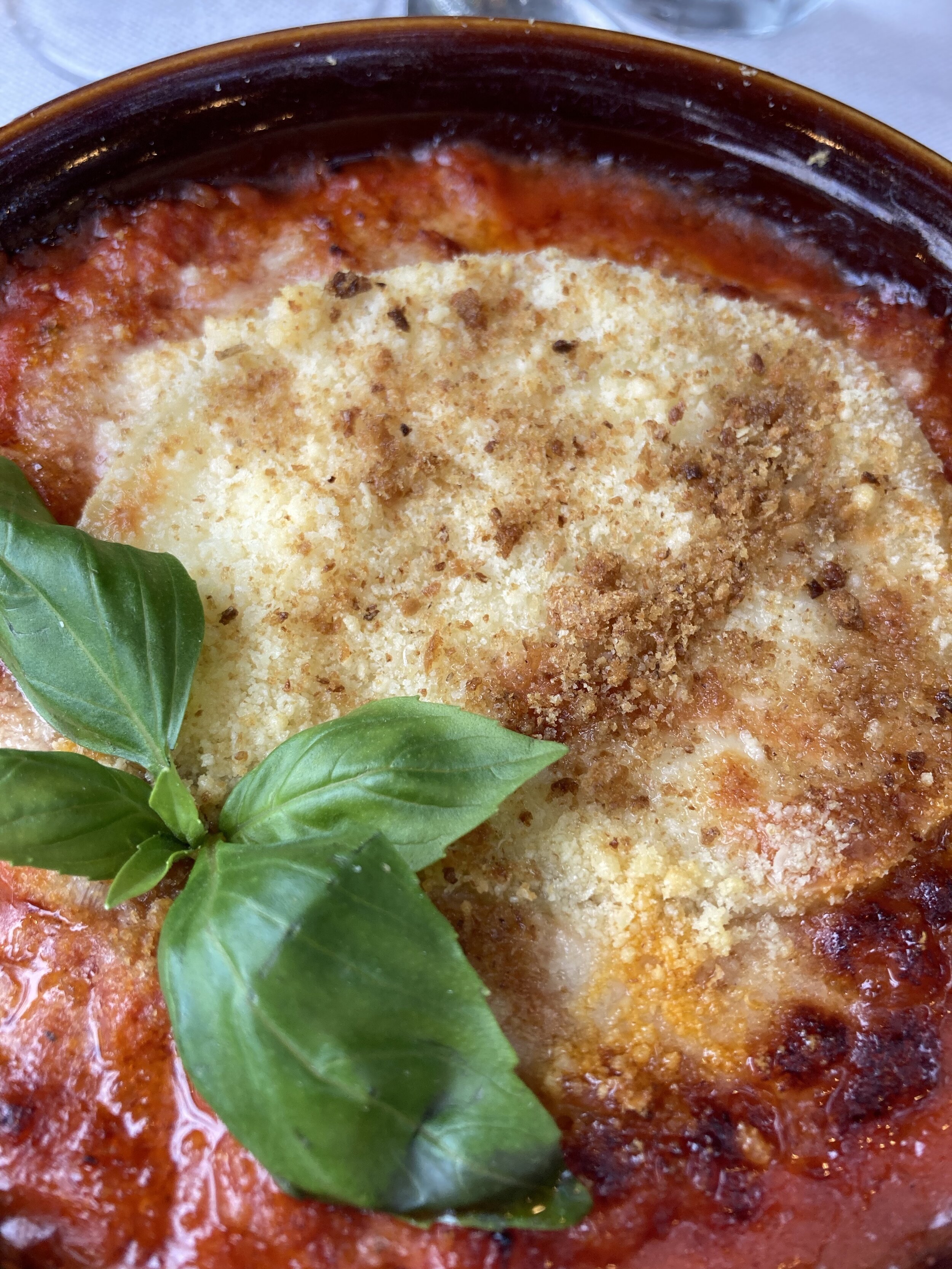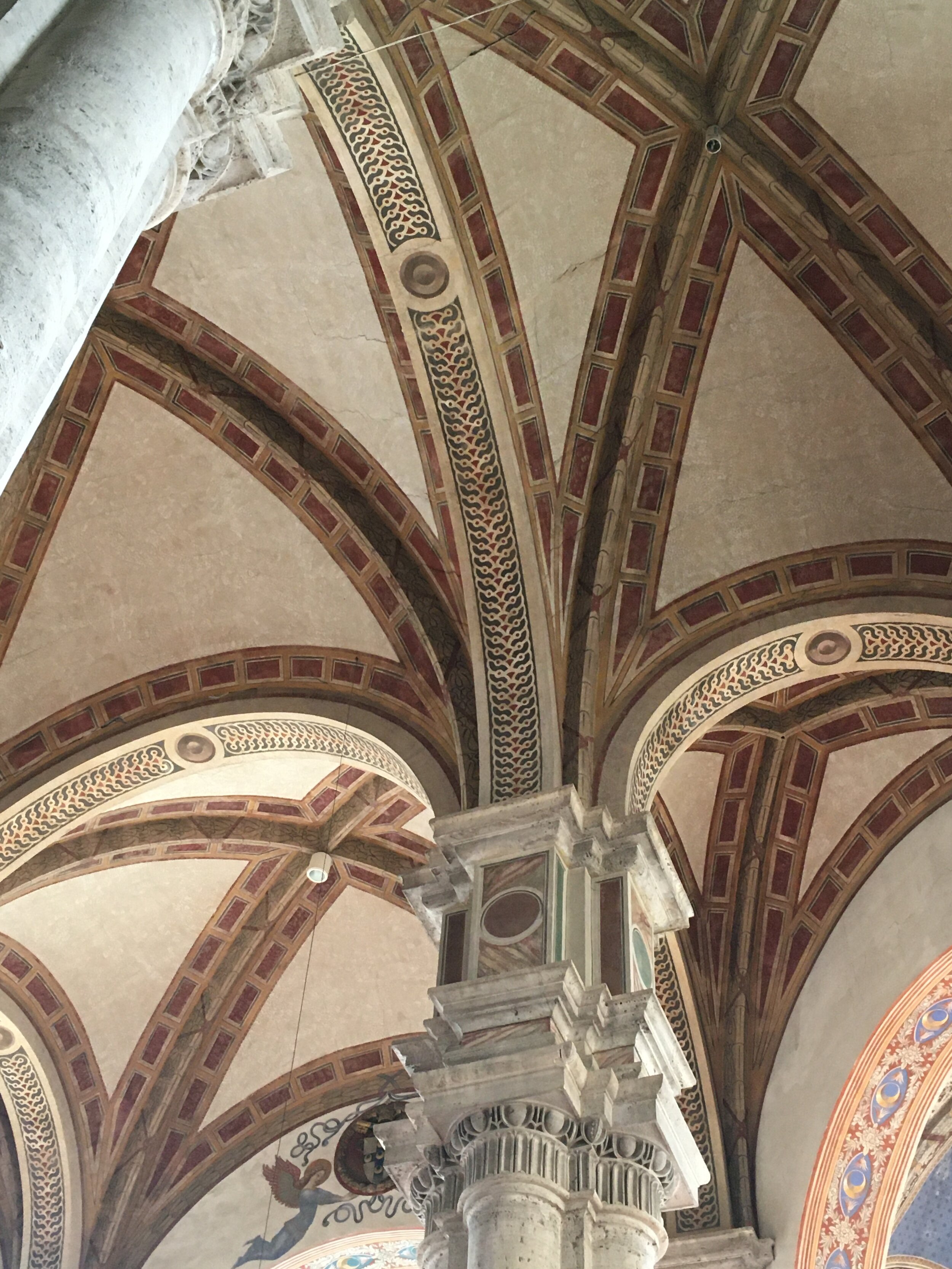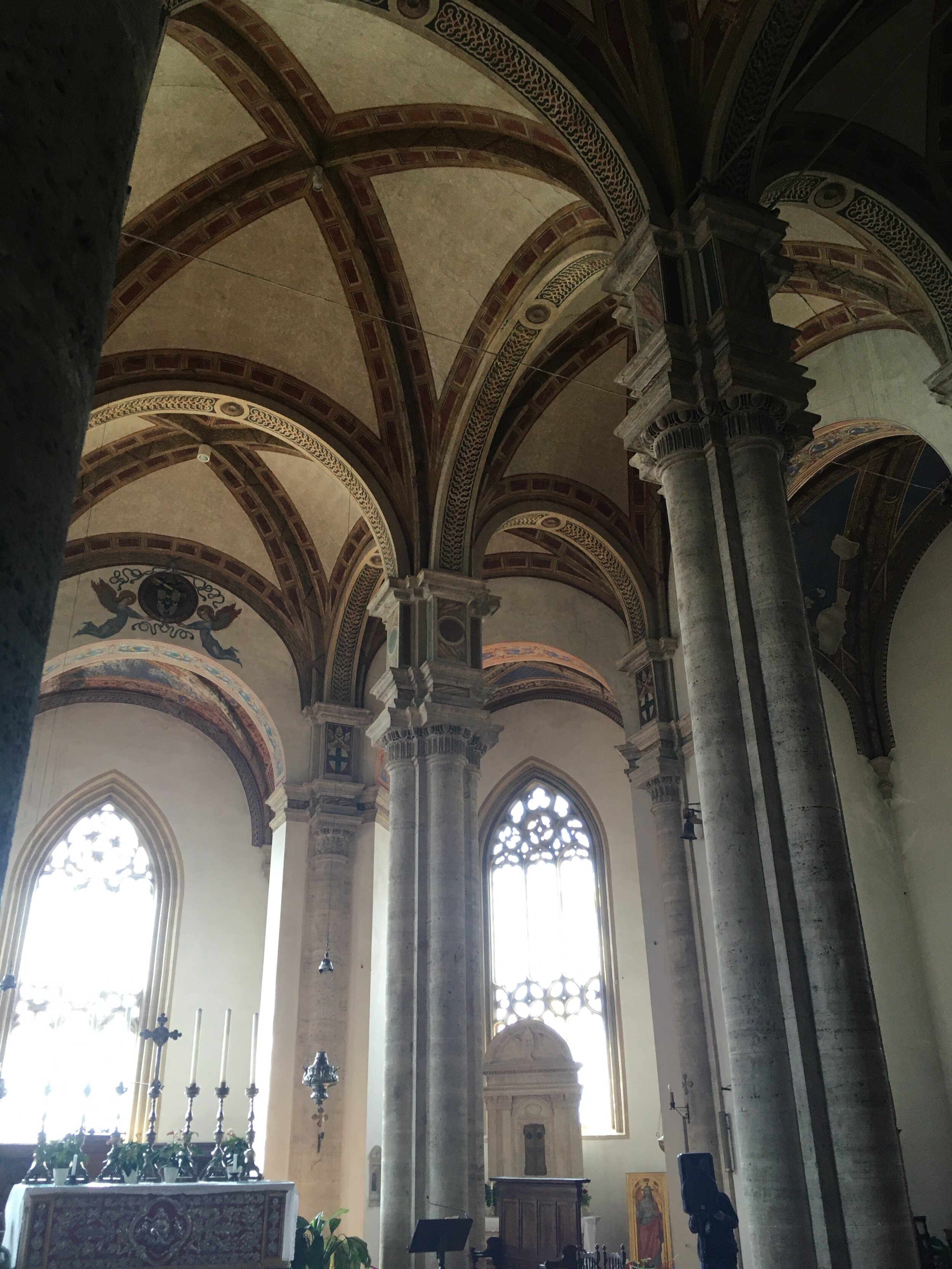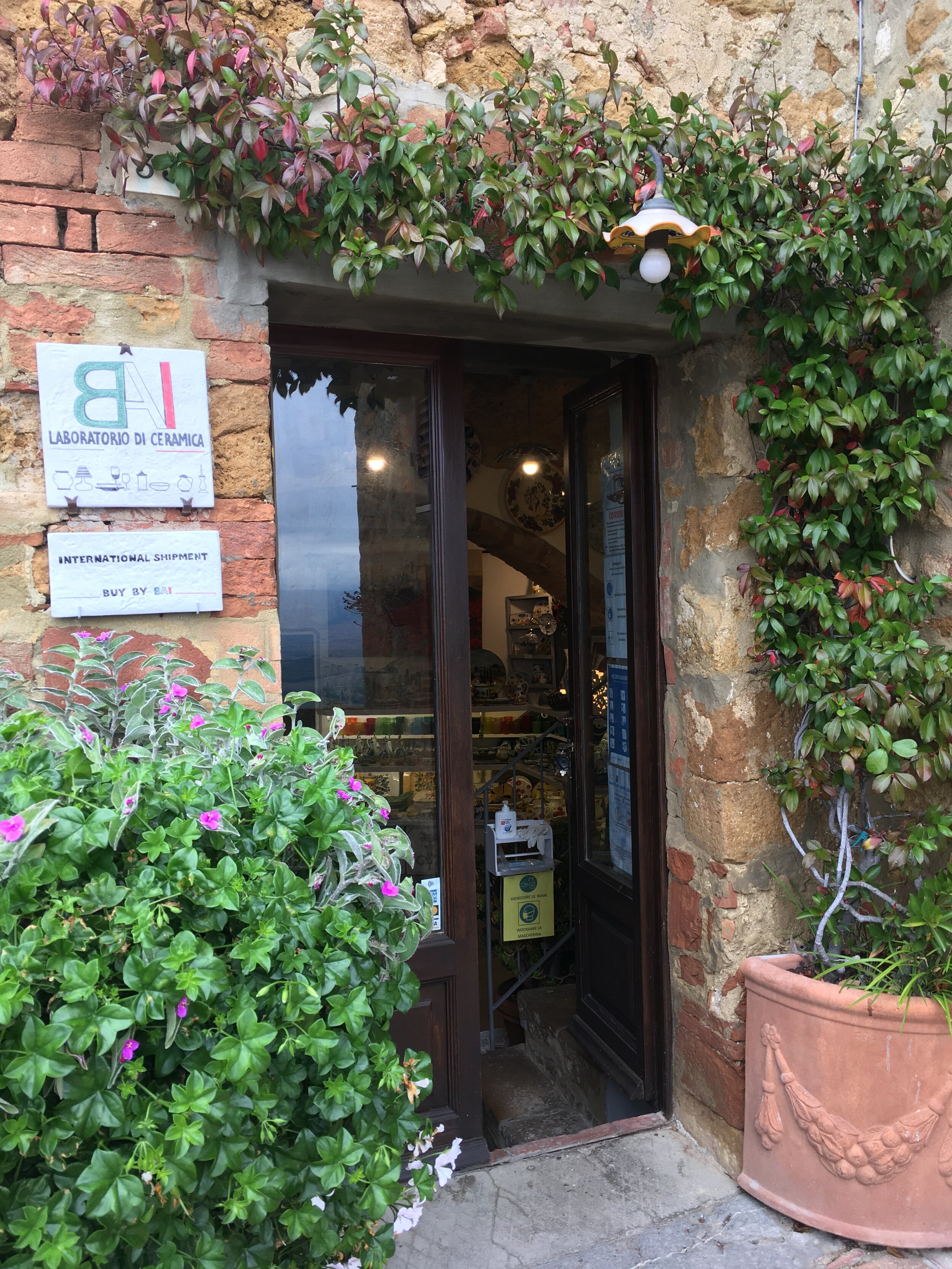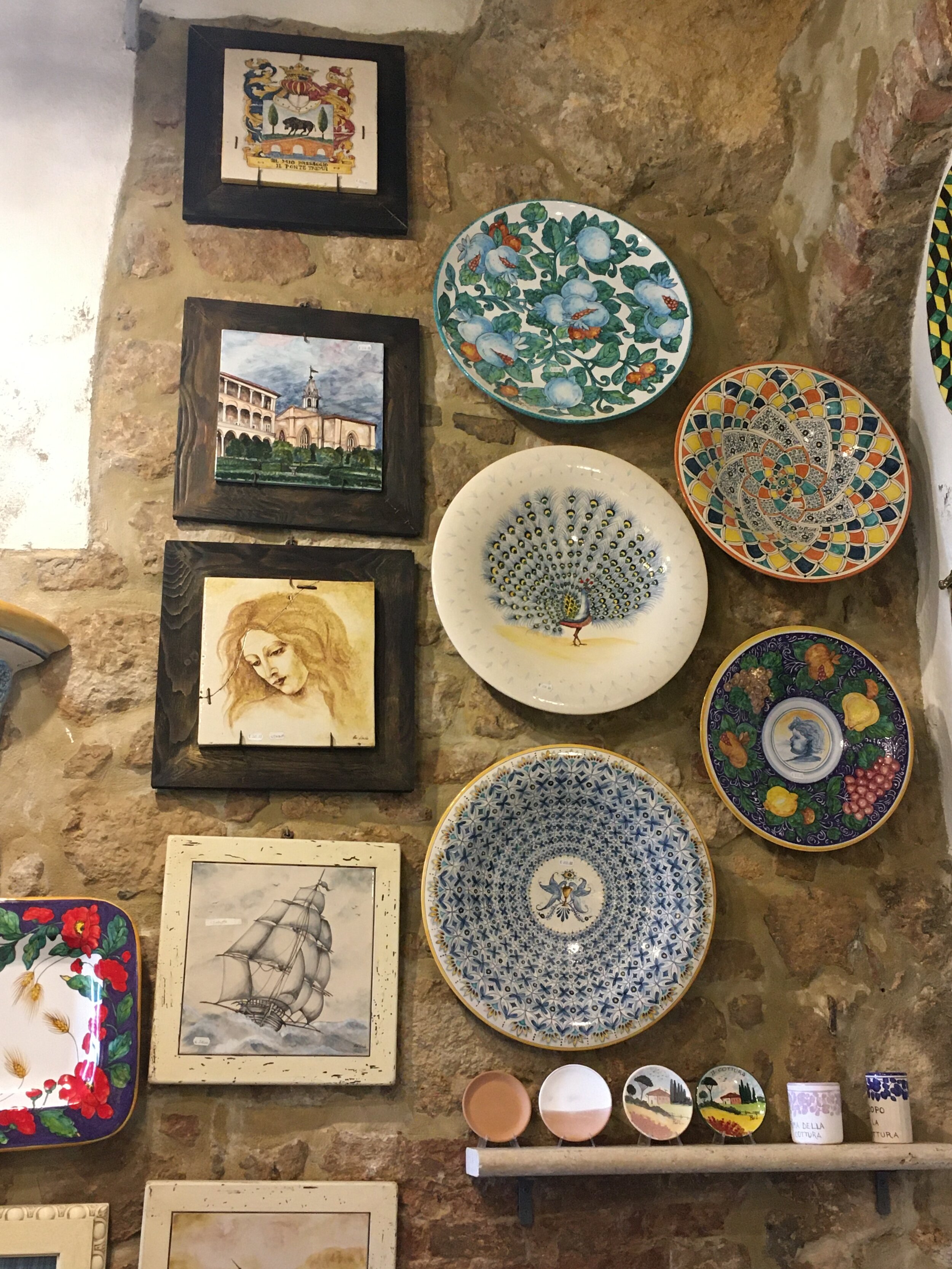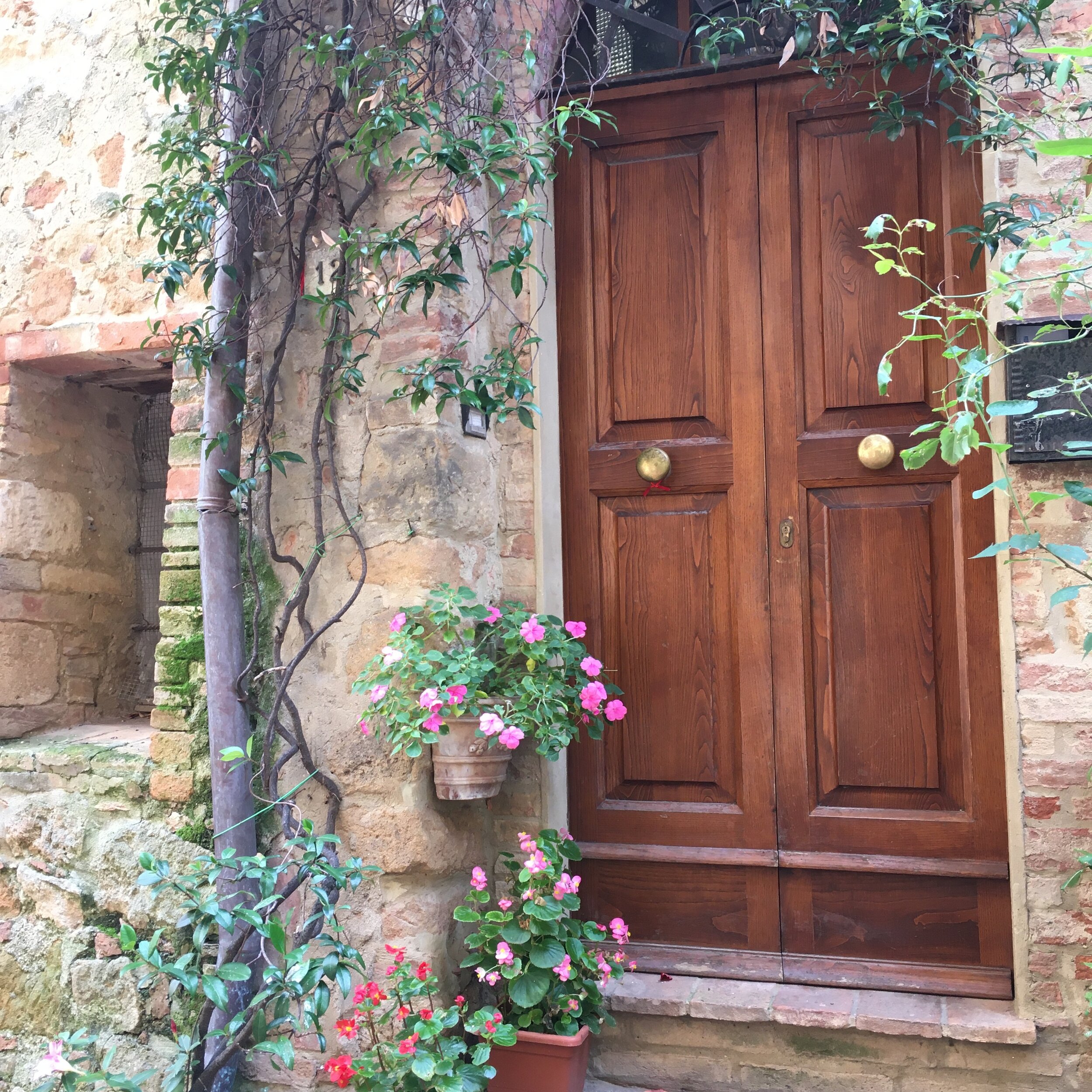A Winter Without Carnevale
It should be starting this week - the annual late winter celebration of Carnevale. Unfortunately, the on-going COVID crisis has forced cancellation or delay of the festivities, including the two best known events here in Italy - Venice (cancelled) and Viareggio (postponed until fall).
Venice 2020
In the past few years, I’ve experienced both the craziness and political / social mischief of the Viareggio celebration (photos below) and the drama and elegance of the festivities in Venice.
Last year I enjoyed Venice during the opening weekend of Carnevale, just before the first wave of virus arrived in Italy and shut it all down. What an air of excitement! Such a spectacular weekend - from the opening night time water parade with its aerial performers and light shows (below), to the next morning’s parade of boats on the Grand Canal, to all the costumed and masked people in the Piazza San Marco. And - though it seems strange this year - we didn’t worry at all about crowd size and we still found the idea of masks charming (those masks being a huge step up from this year’s standard Covid ones). Carnevale is Venice’s big annual event and this year, without the spectacles, the glamour, the balls and visitors, will have a huge impact - economic, cultural, and psychological.
Last February, I think we all expected that by 2021 things would have returned to normal and we would once again be celebrating Carnevale in the usual way. But - here we are a year later, approaching the season of Lent without Carnevale celebrations to usher it in.
This week I found many of the traditional Carnevale sweets in the pastry shop windows, but that seemed sad knowing that all the events were canceled. Still - I felt it my civic duty to purchase some (any excuse for a sweet, right?)
As I returned home with my Carnevale mask cookies on a cold, rainy, late January day, I soon found myself looking at photos of past Carnevale events. The photos reminded me of the exuberance of Carnevale and all of a sudden the day didn’t seem so dreary. I hope these photos might brighten your winter day too.
And let’s all hope that, by next year, Carnevale will return. I imagine the floats and costumes will seem even more grand after a year’s absence.




